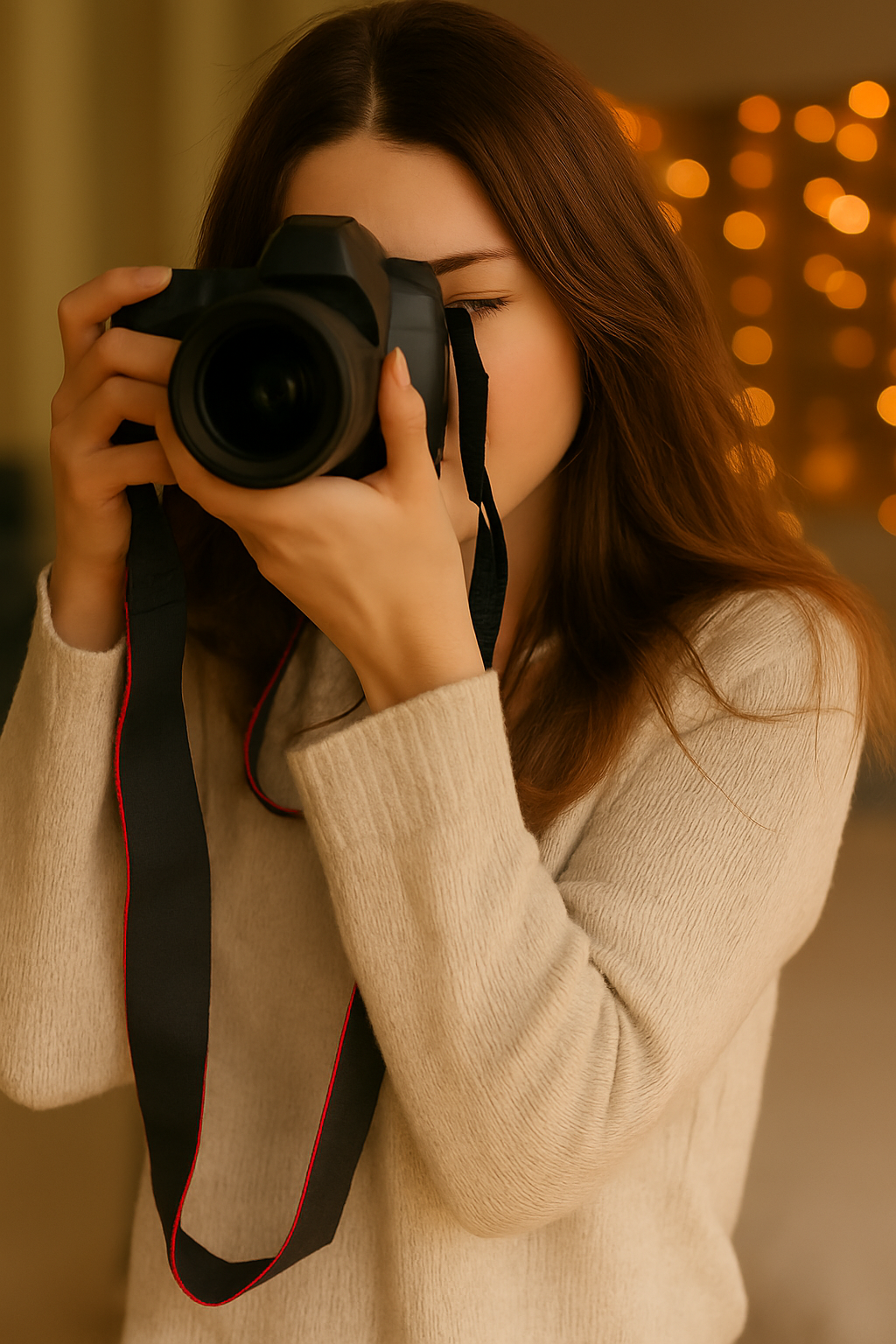In the world of photography, mastering artificial lighting techniques is the number one skill needed to create captivating images that truly stand out. Whether you're shooting portraits, still life, or commercial projects, manipulating light can dramatically impact your image’s mood, tone, and visual appeal.

Introduction to Artificial Lighting
Artificial lighting refers to any light source that is not naturally occurring, such as studio lights, speed lights, or continuous lighting. Understanding how to control and manipulate artificial light is fundamental to achieving your photographs' desired look and feel. Here are some key artificial lighting techniques to master:
Soft Light vs. Hard Light
One of the first concepts to grasp when working with artificial lighting is the difference between soft light and hard light. Soft light produces gentle, diffused shadows and is often favoured for portrait photography, as it helps to minimise imperfections and flatter the subject's features. On the other hand, hard light creates sharp, defined shadows and is commonly used for dramatic and high-contrast effects. Experimenting with both types of light can help you achieve various looks in your photography.
Light Modifiers and Accessories
Light modifiers are tools used to shape, diffuse, or control the intensity of artificial light sources. From umbrellas and softboxes to reflectors and grids, countless accessories are available to help you achieve your desired lighting effects. Understanding how to use these modifiers effectively can significantly enhance your photography. For example, using a softbox can create a beautiful, even light for portraits, while a grid can help you control the direction and spread of light for more precise lighting setups.

Three-Point Lighting Setup
The three-point lighting setup is a classic technique in photography and filmmaking to create depth and dimension in your images. It consists of three primary light sources: the key light, the fill light, and the backlight. The key light is the main light source and is typically positioned in front and to one side of the subject. The fill light helps to fill in shadows and reduce contrast, while the backlight adds separation and highlights to the subject by illuminating from behind. Mastering the three-point lighting setup can elevate your photography and give your images a professional look.
Master the Art of Artificial Lighting
Artificial lighting is a powerful tool that allows photographers to shape and sculpt their shots perfectly. By understanding the fundamentals of artificial lighting techniques, experimenting with different light sources and modifiers, and mastering classic lighting setups, you can take your photography to new heights and unlock endless creative possibilities.
Ready to take your photography skills to the next level? Check out our Photography courses to start a career or pursue your passion for photography as a hobby. Whether you're interested in mastering artificial lighting techniques, honing your composition skills, or exploring new genres of photography, our courses offer expert guidance and hands-on learning to help you reach your full potential.
Start your journey today and discover your creativity behind the lens!

